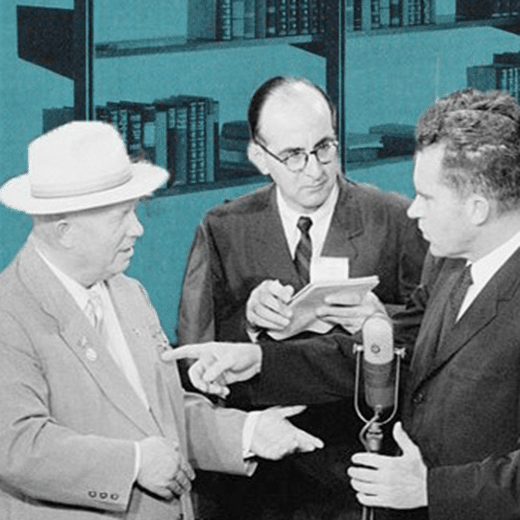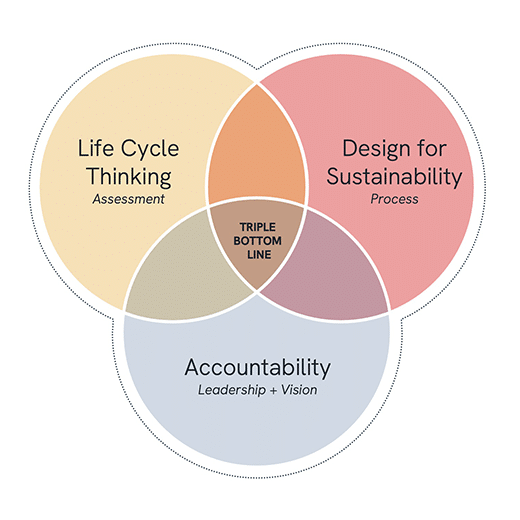IDSA publishes a selection of peer-reviewed academic education papers each year. These are collected during a community-wide open call period when design educators and practitioners submit materials for review by a group of judges serving on IDSA’s Academic Jury. The program also helps provide content for the annual Education Symposium, where some authors are invited to present their work from the stage to a live audience. To view the full Education Papers jury please visit meet the jury page.
Guidelines for Designing an Enjoyable Toy for Visually Impaired Children with the Goal of Aiding in Various Areas of Their Early Childhood Development
This study examines ways to design better experiences for children’s toys for those with low-vision or blindness in an educational setting. Children with visual impairments often have difficulty interacting with traditional toys, which can impede their learning and development.
Author: Lizeth Sustaita-Delgado, Byungsoo Kim
Company / School: Kansas State University
- 2023
- Paper Type: Student Research
- Research Status Work in Progress
- Education Symposium Theme: The Watering Hole
An Investigation of the Future of Alternative Textiles in Outdoor Gear Design
Many of the materials and processes currently used in the production of softgoods in outdoor gear design are not sustainable and are harmful to the environment. The purpose of this study is to understand the current usage of materials
Author: Isaiah Tarwater, Byungsoo Kim
Company / School: Kansas State University
- 2023
- Paper Type: Student Research
- Research Status Work in Progress
- Education Symposium Theme: The Watering Hole
Co-Creation Requires Humility & Self Reflection
Raymond Lowey once said, ‘Design is too important to be left to designers’. As an industrial designer and educator trained in the 1980’s, and with over 25yrs experience in the classroom, I can attest to the fact that all
Author: Dr. James Fathers
Company / School: Syracuse University
- 2023
- Paper Type: Design Letter
- Research Status Completed
- Education Symposium Theme: The Watering Hole
A Rigorous Pursuit of Creative Problem Solving
The creative process in problem-solving has been a domain filled with studies across disciplines. Through an examination of the innovative practice of designers, engineers, and other professionals, a framework was developed to structure teaching and learning in the context
Author: Jeff Feng
Company / School: University of Houston
- 2023
- Paper Type: Academic Research
- Research Status Work in Progress
- Education Symposium Theme: The Watering Hole
Teaching Non-Designers the Creative Practice
My responsibility to teach industrial design students and non-industrial design students started more than 25 years ago. A combined studio of senior mechanical engineers and senior industrial designers was the inception of a lifelong educational challenge. How can we
Author: Wayne Chung
Company / School: Carnegie Mellon University
- 2023
- Paper Type: Case Study
- Research Status Completed
- Education Symposium Theme: The Watering Hole
From Historical to Contemporary Perspectives
The United States and the Soviet Union were political rivals in a battle between U.S. capitalism and Soviet communism known as the Cold War. While the Cold War can be understood as an armament and space race, it can
Author: Karina Bhattacharya
Company / School: Georgia Institute of Technology
- 2023
- Paper Type: Student Research
- Research Status Completed
- Education Symposium Theme: The Watering Hole
According to the EU Science Hub, 80% of products’ impacts are built during the design phase. 80%! So, what to do? We know that the designers voice is used for everything from branding, aesthetics, strategy, function, packaging— but not
Author: Emily Vanderheyden, Matthew Neiman
Company / School: Truenorth Collective
- 2023
- Paper Type: Case Study
- Research Status Work in Progress
- Education Symposium Theme: The Watering Hole
Exploration of Product/Service Opportunities for Designers
Society is struggling to maintain their mental health now more than ever, and with new advancements in Artificial Intelligence and up and coming medical practices (like Music Therapy), we can combat mental illnesses in unique and personalized ways. The
Author: Dustin McDermott
Company / School: Kansas State University
- 2022
- Paper Type: Student Research
- Education Symposium Theme: (Re)Connect
Introducing Industrial Design Undergraduates to Fast-Track Life Cycle Assessment
Life cycle assessment is one of many tools a designer can use to design products for the circular economy. Unfortunately, commonly used software that offer comprehensive life cycle assessment (LCA) presents a challenge for students to use in design
Author: Louise Rosanna Manfredi
Company / School: Syracuse University
- 2022
- Paper Type: Case Study
- Education Symposium Theme: (Re)Connect
Traditional design processes focus on humans/users and their needs which are rooted in their experiences. However, there is an increasing amount of emphasis being placed on communityrelated experiences and their impacts on human-product interactions (digital, physical, service, etc.). As such, the
Author: Elham Morshedzadeh, Ph.D.
Company / School: University of Houston
- 2022









